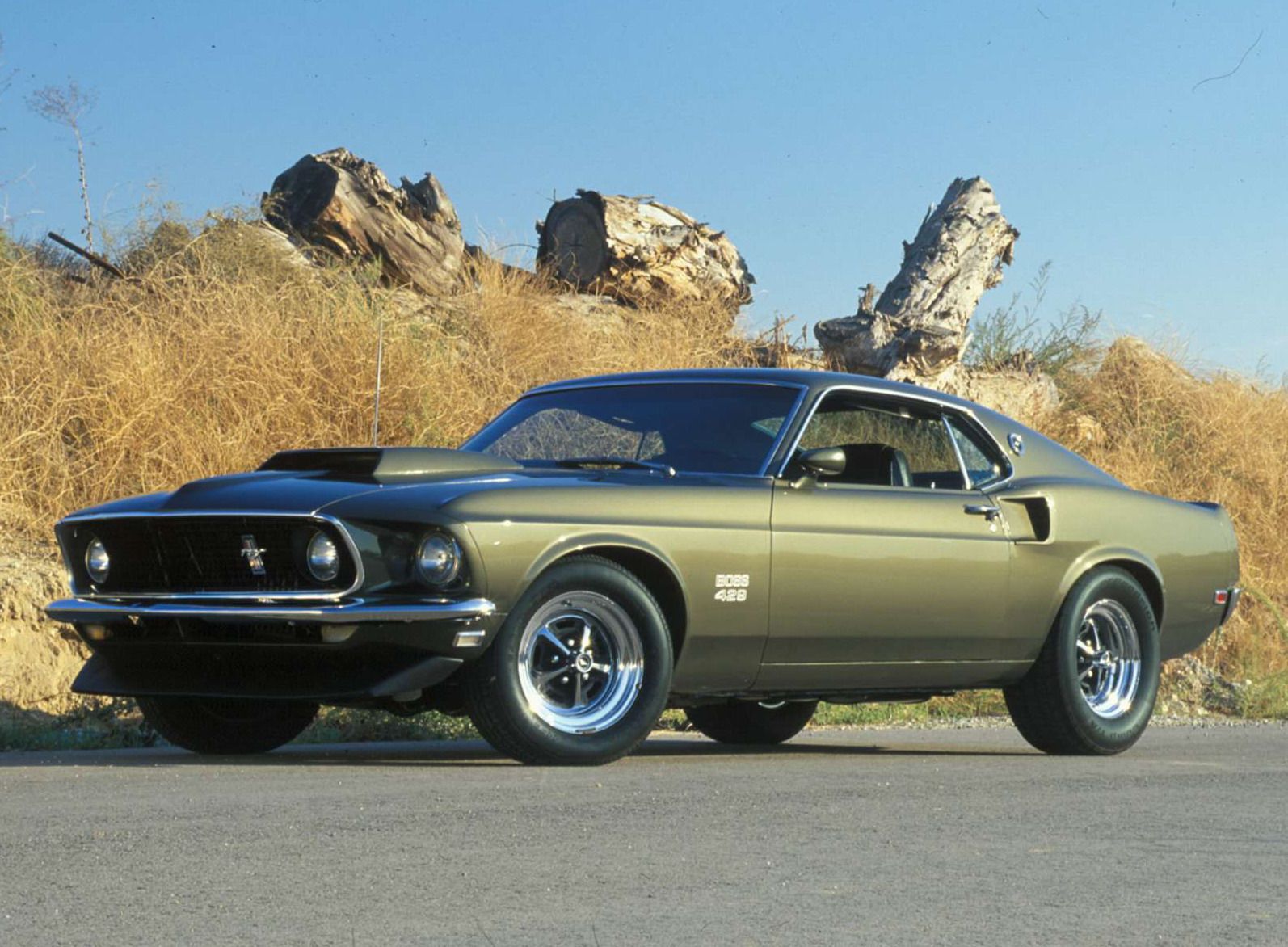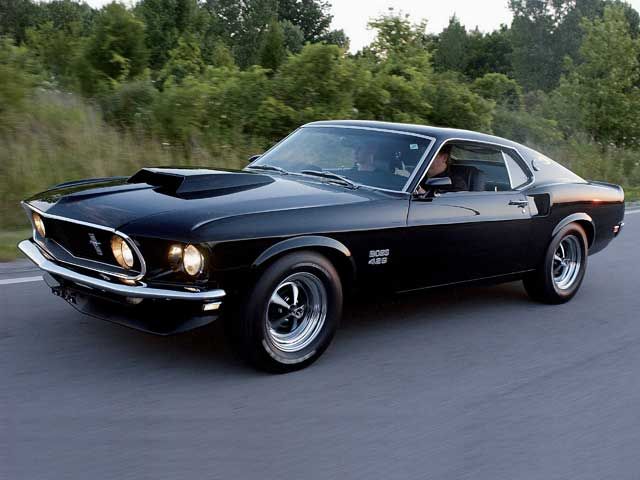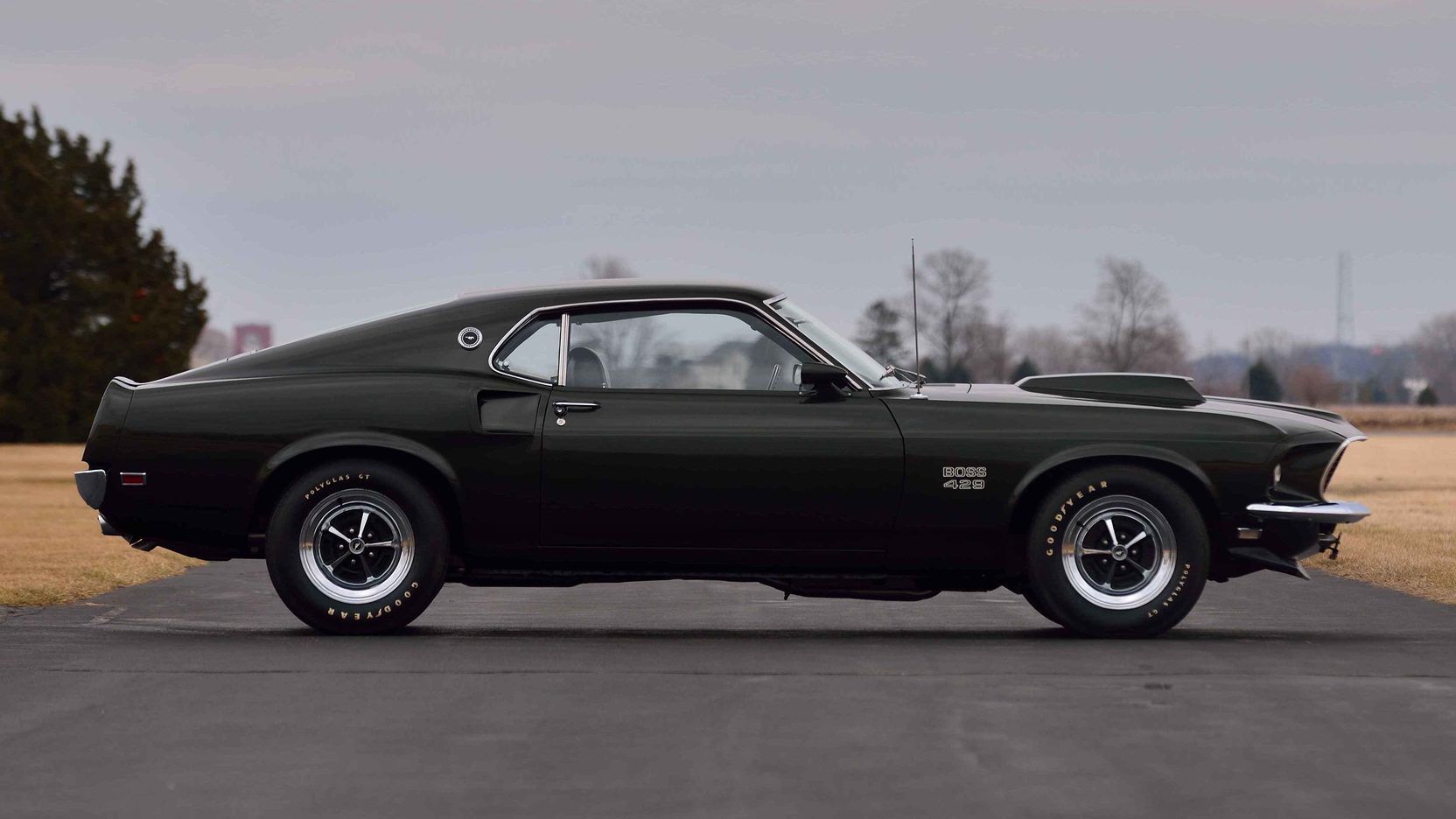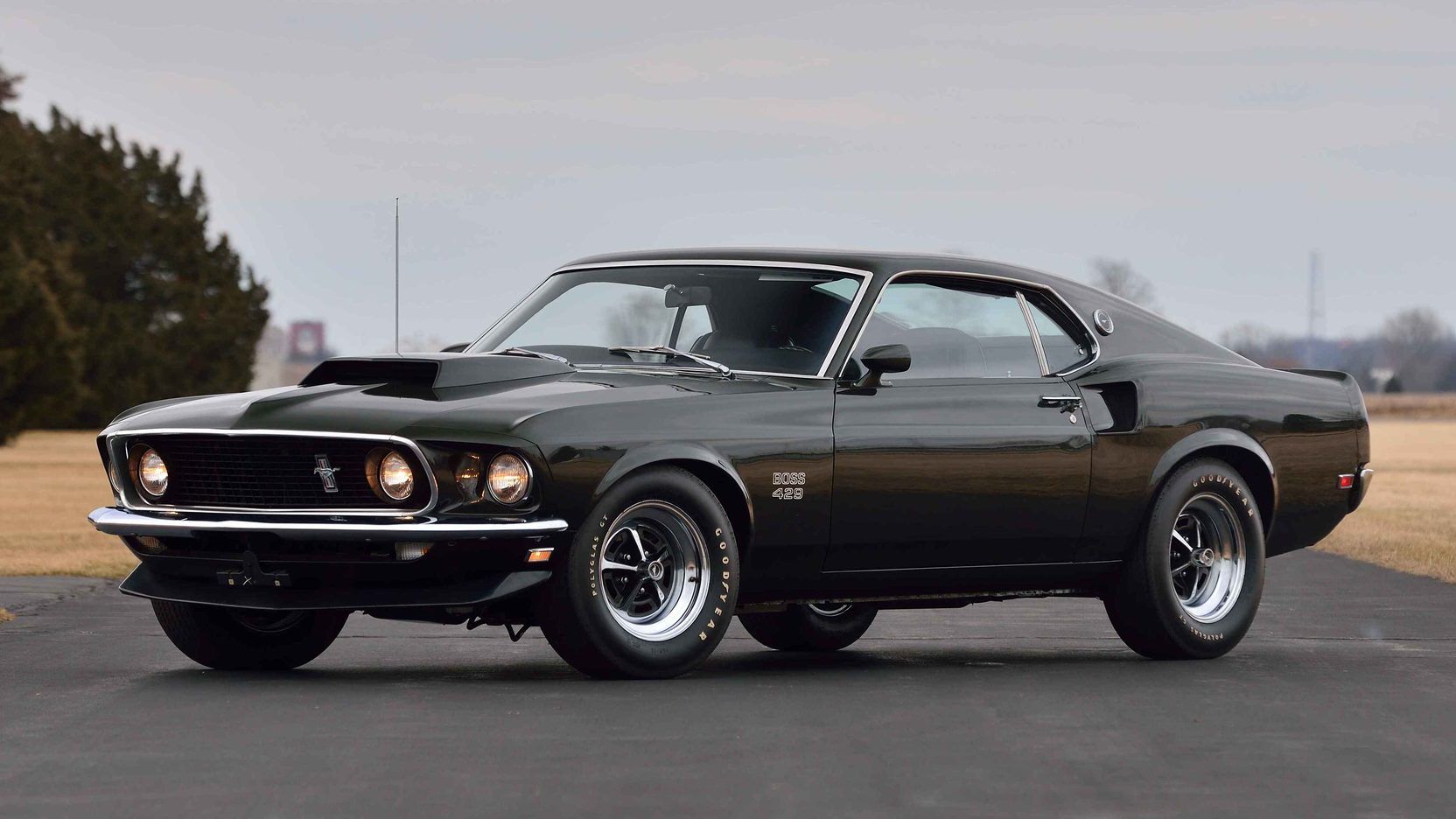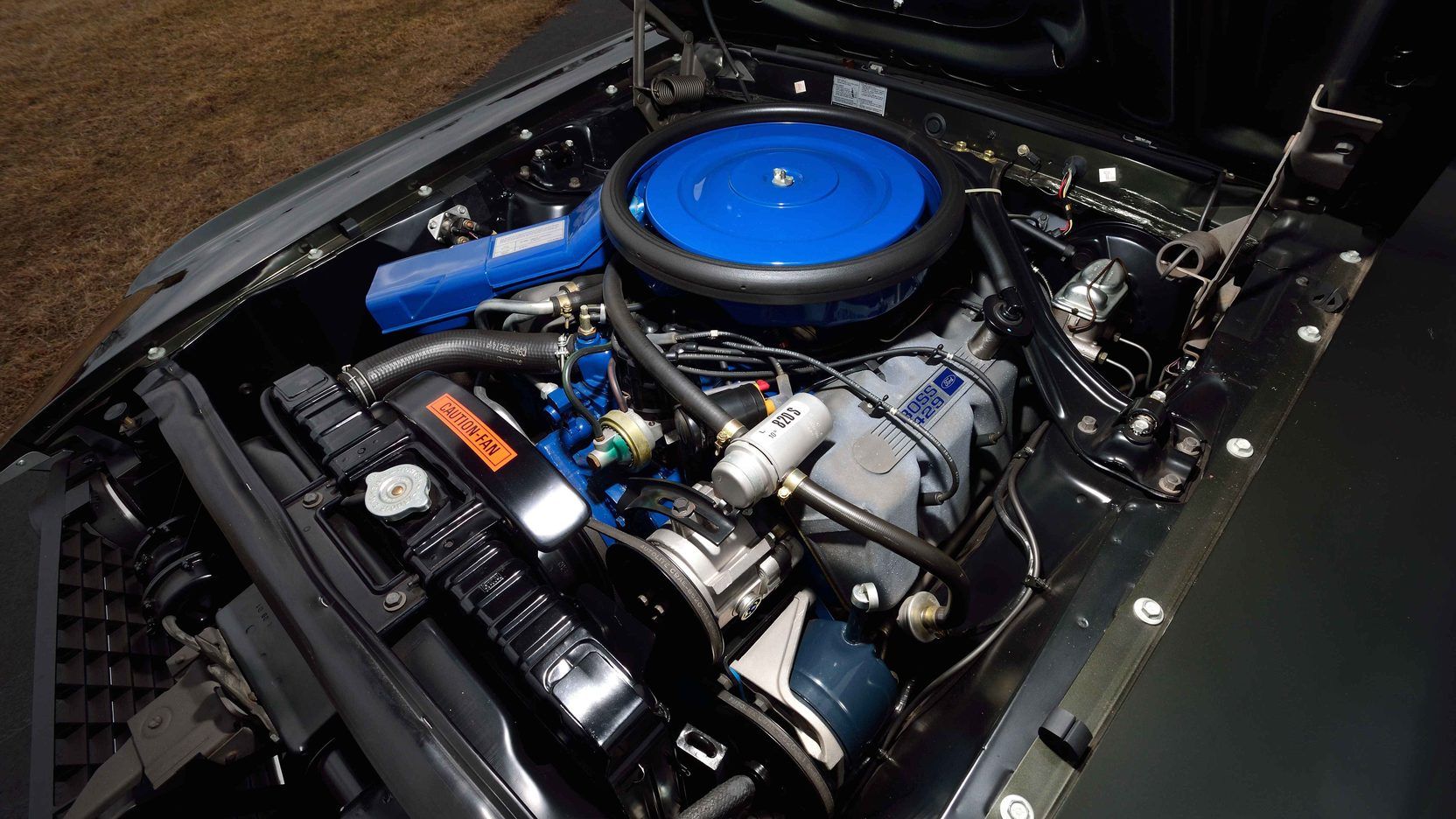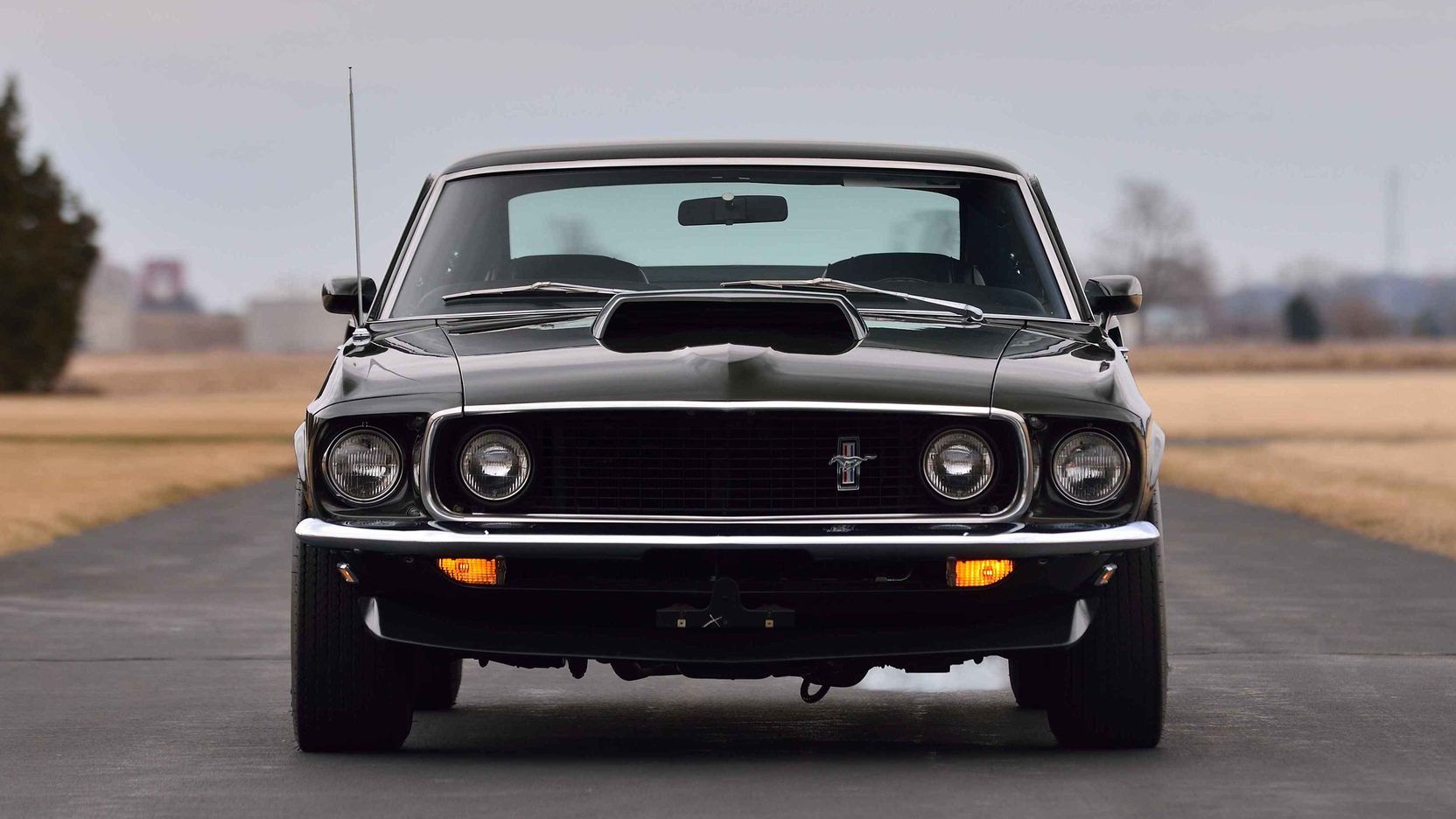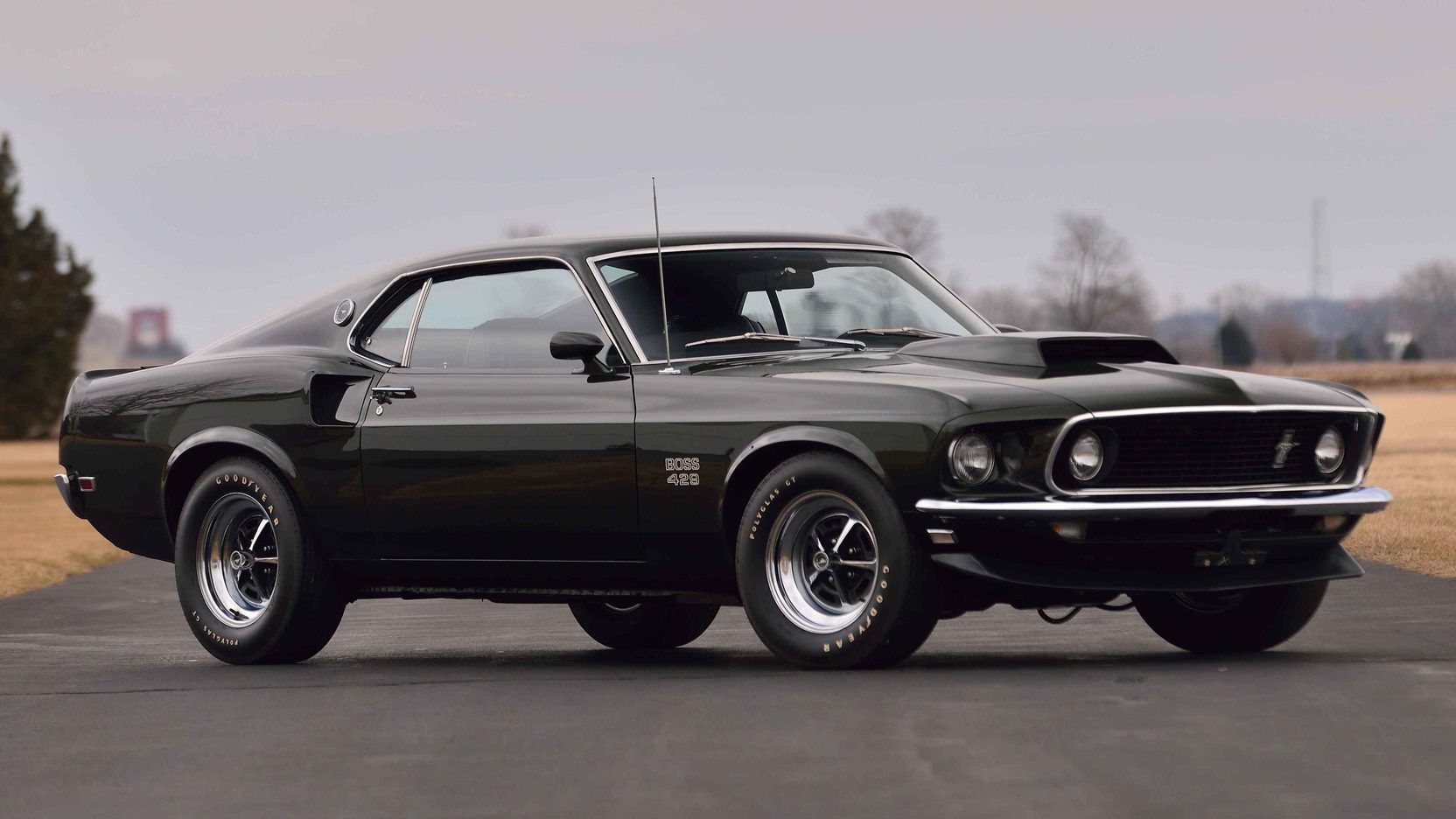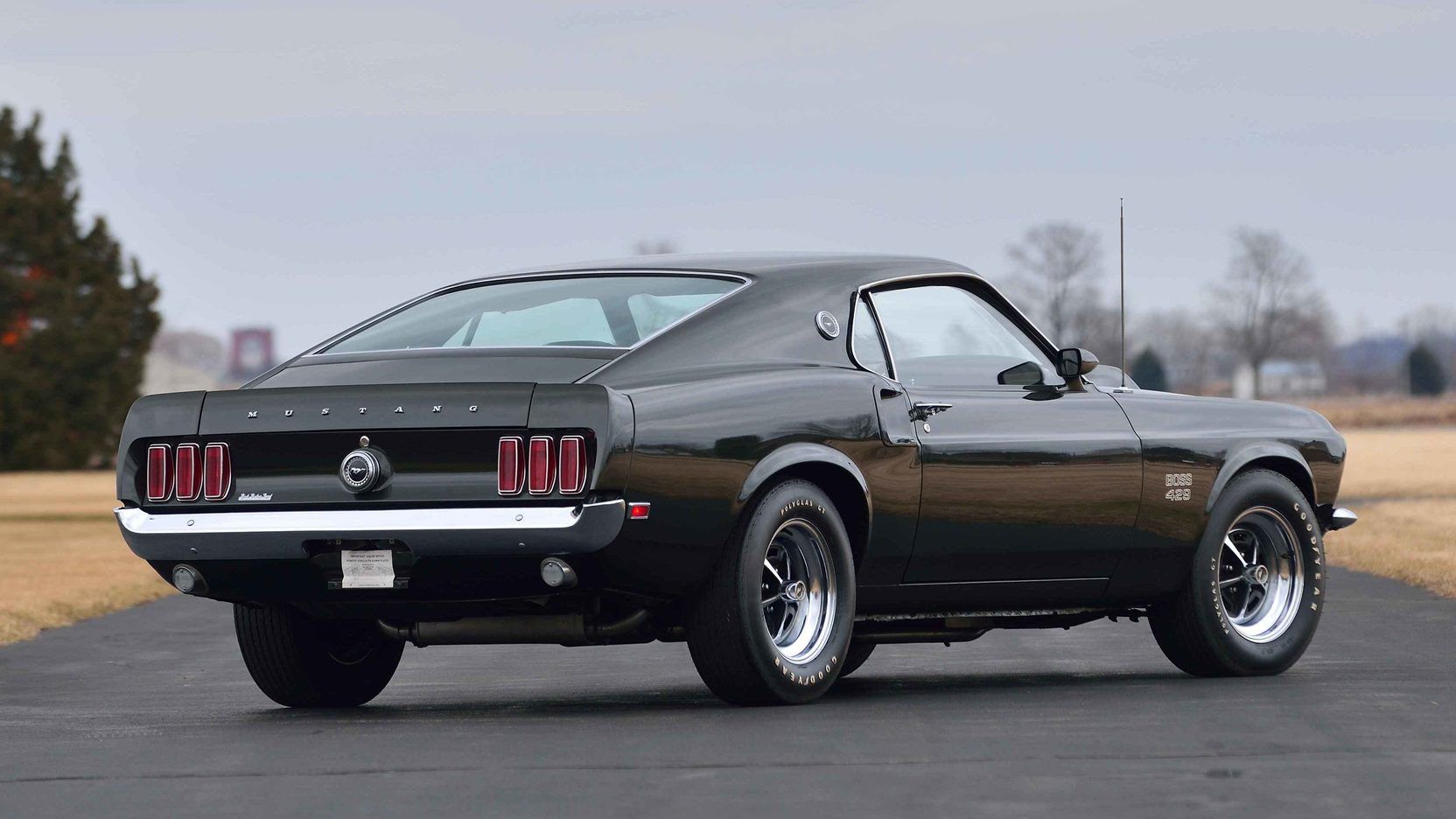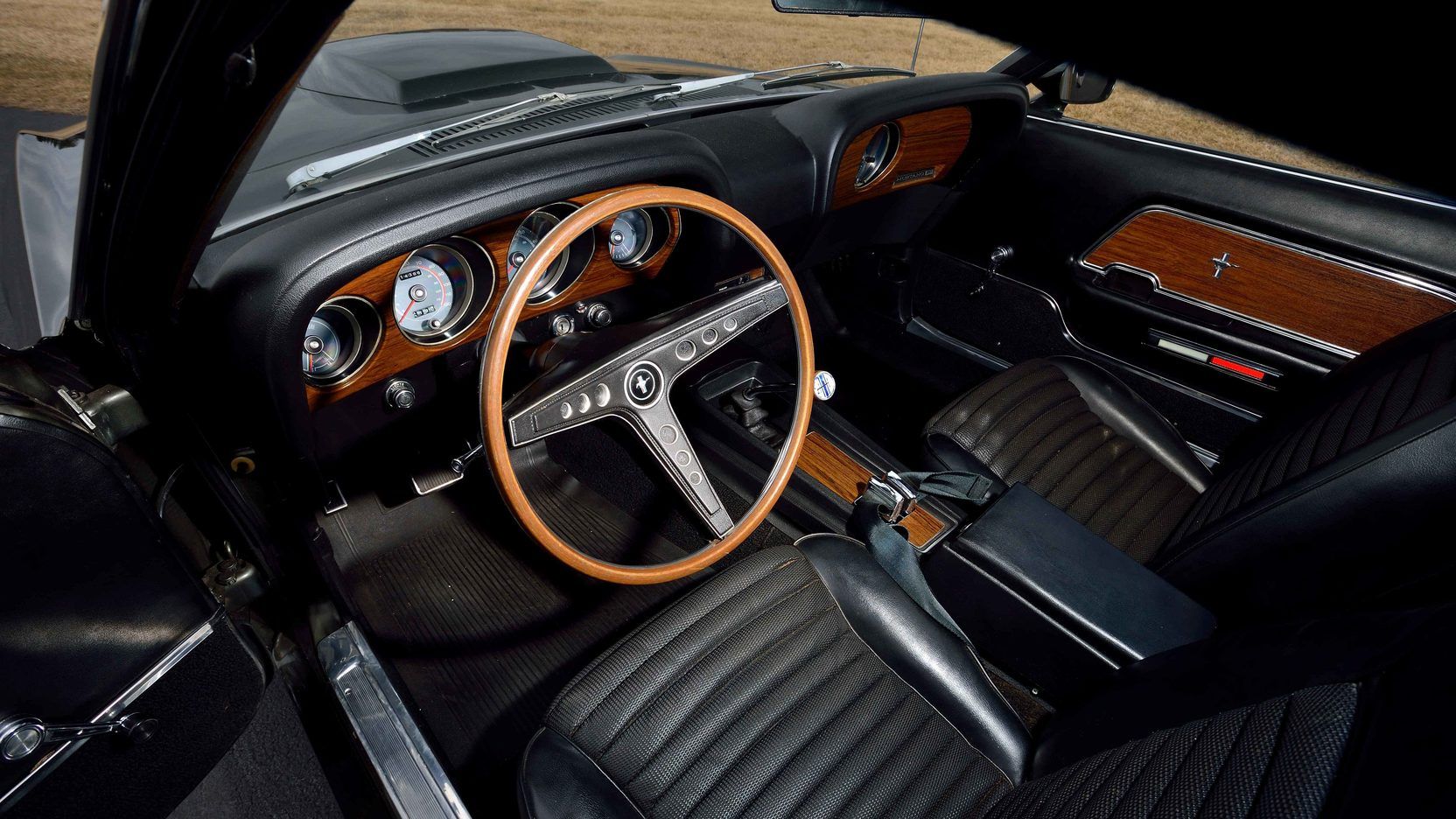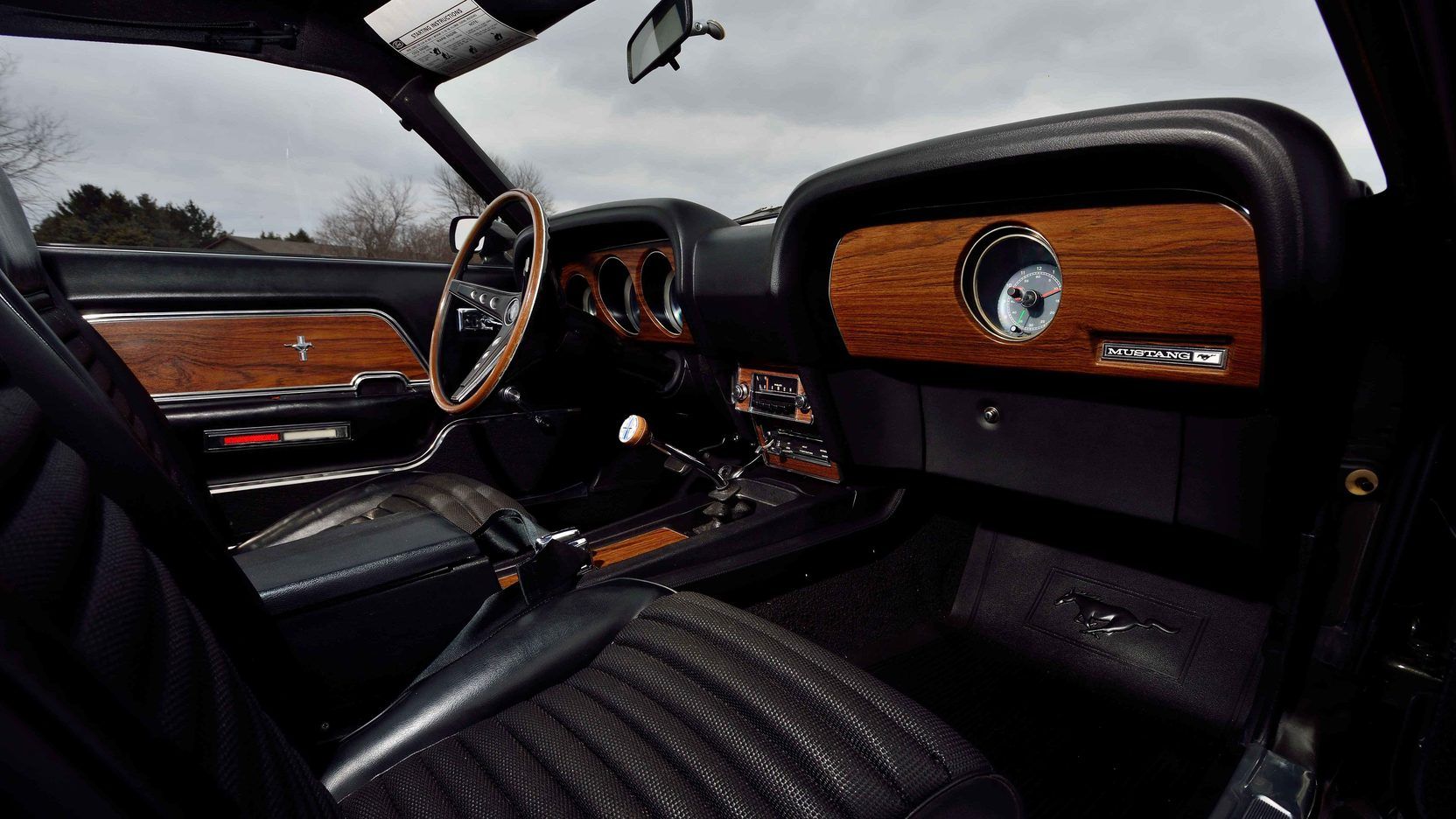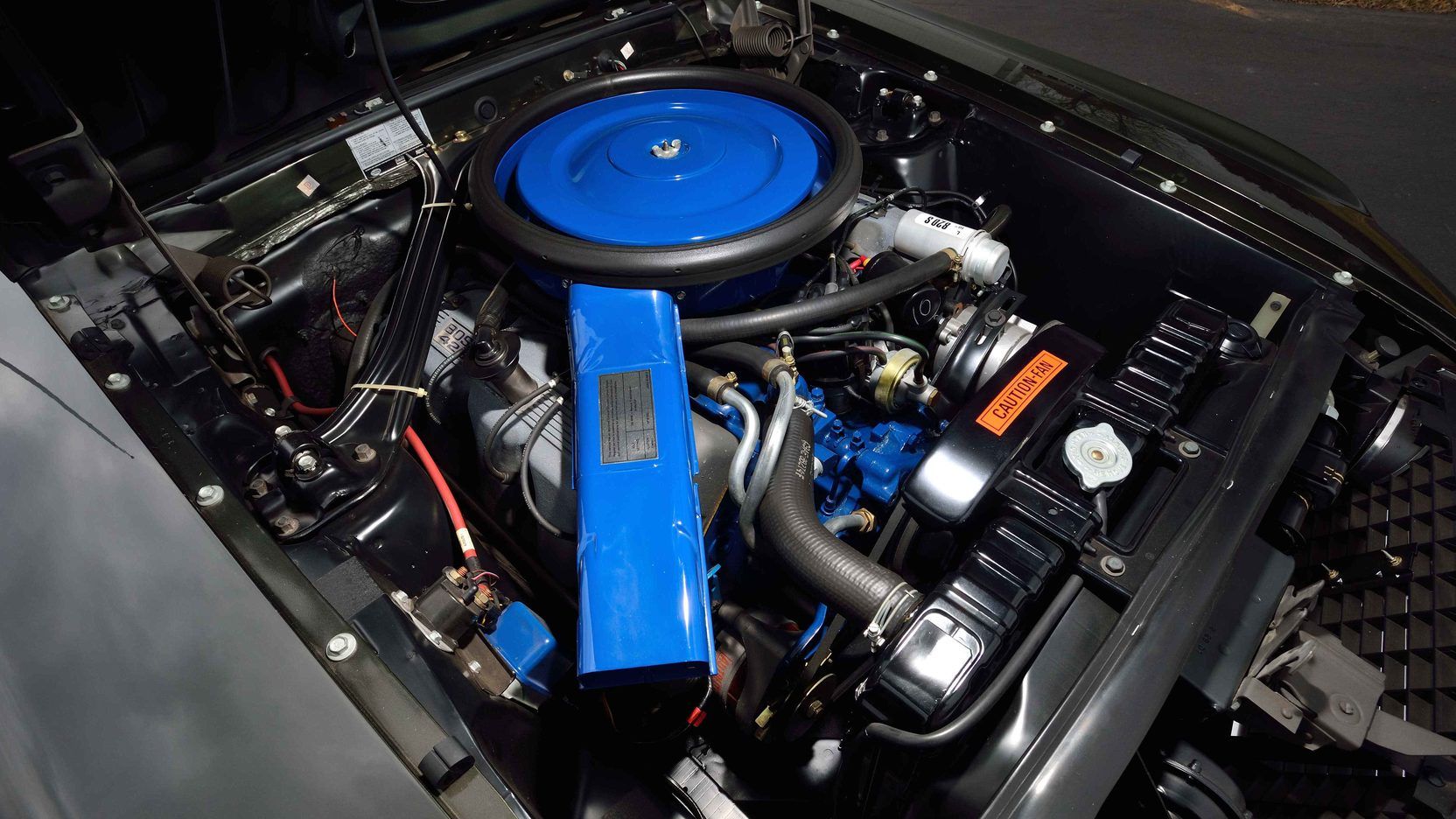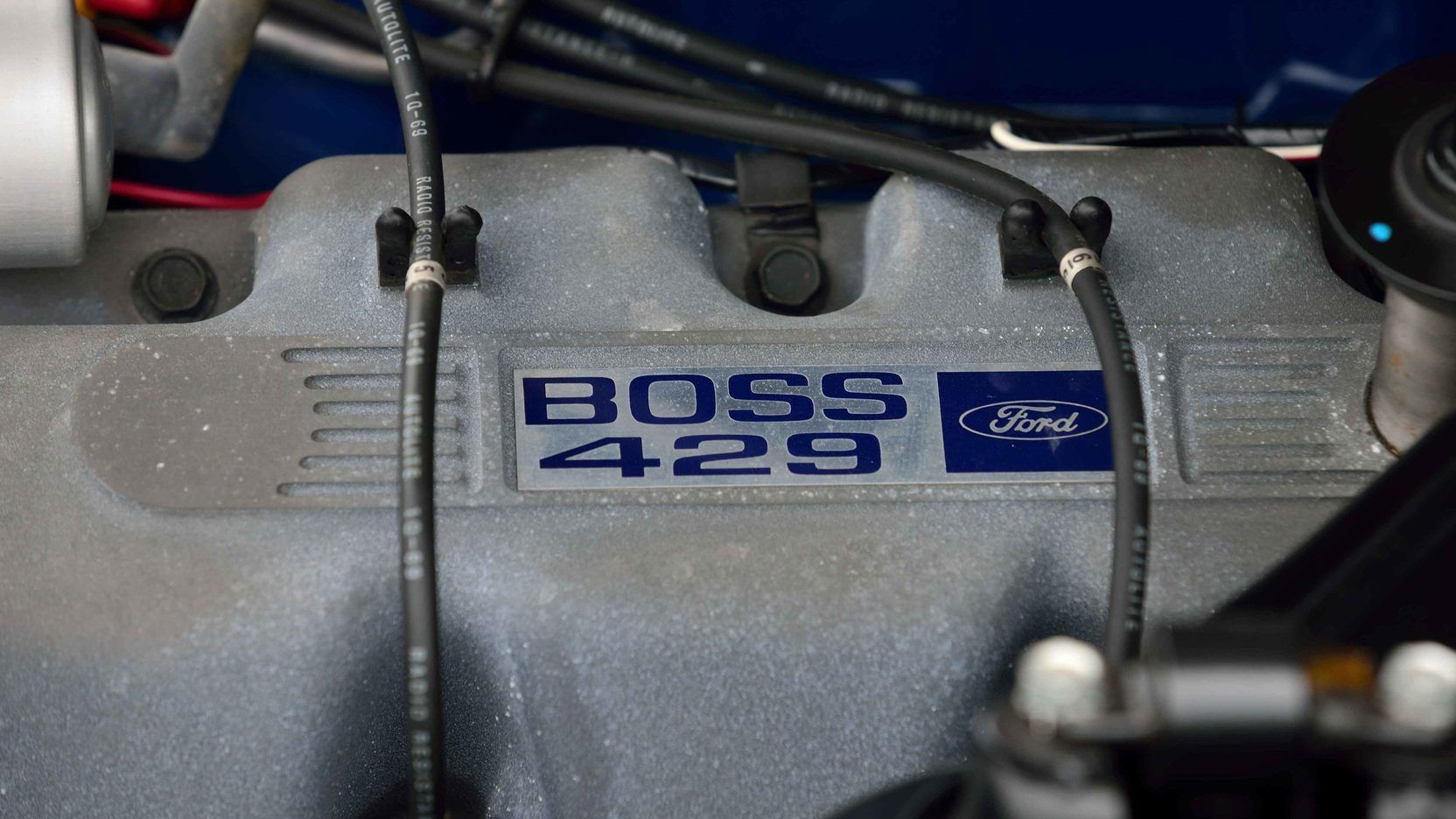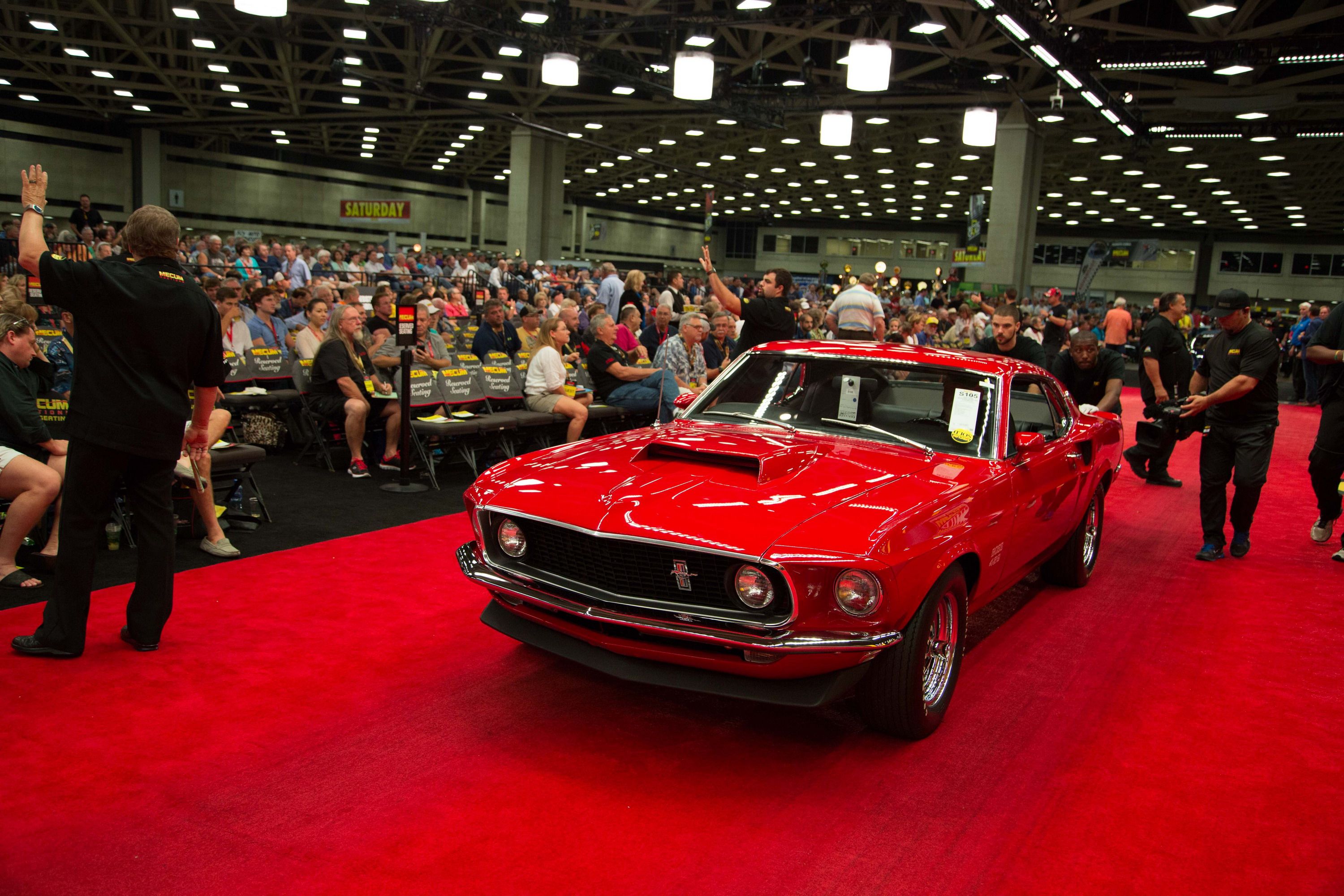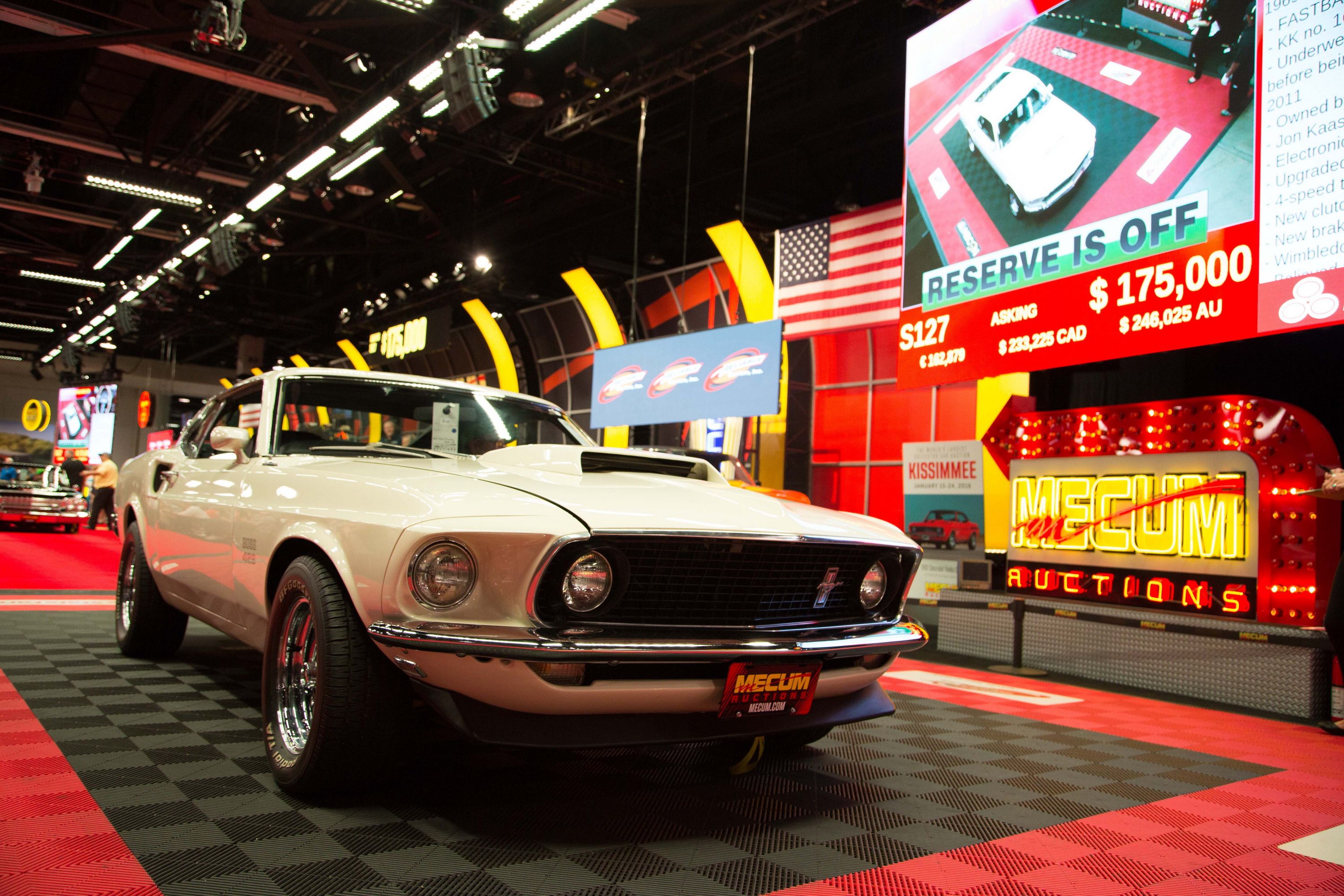The Mustang is an Iconic muscle car, but one of the most important and well-respected variants of the Mustang was the 429 Boss. In the late 1960’s, Ford just didn’t have the power to compete with the 426 Hemi that Chrysler was using in NASCAR, so it had to do something to remain competitive. The answer was to build a new engine that could compete, and work began on the Boss 429. The engine would have never made it into production vehicles, but NASCAR’s homologation rules required a minimum of 500 cars be equipped with the engine and sold to the general public for it to be used.
At the time, Ford’s finances weren’t the best thanks to building the Boss 302 and its subsequent Trans Am variant for the SCCA Trans Am series. To make everything financially sound, Ford used the four-speed Cobra Jet Mustang as a template and commissioned Kar Kraft to make the necessary modifications, which were, in all honesty, quite extensive. The Boss 429 was produced for the 1969 and 1970 model years in a total of 1358 examples – 859 of which were built for ’69 and 499 for 1970. Furthermore, two of the 1969 models were actually Boss 429 Cougars.
Now that you know a little bit about the history of the Boss 429 Mustang let’s take a closer look at this 1969 model and talk a little more about the changes that went into making it possible and what – outside of the low production numbers -- made the car so special.
1969 Ford Mustang Boss 429
- Make: Array
- Model: 1969 Ford Mustang Boss 429
- [do not use] Vehicle Model: Array
Exterior
Because of the modifications required to make the Boss 429 fit inside the Mustang’s engine bay, the car has a slightly different appearance that other Mustangs. Up front, a sexy chrome ring surrounded in radiator grille that also housed the two inner sealed-beam headlights. To either side of the grille, you can find another sealed-beam headlight that was recessed into a rounded, rectangular cutout. The front bumper was thin and rounding, wrapping around each side of the front end. Down below, the turn signals were recessed into a small air damn cutout, and a somewhat smooth but functional front spoiler helped to keep the front wheels on the ground. Compared to other Mustangs from the era, the Hood scoop on the Boss 429 was much wider and was, indeed, functional. A set of body lines come to a sharp point at the very tip of the hood, adding even more character to the front end. Make no mistake; this thing looks quite aggressive from the front.
To the sides, the most defining feature is that sharp body line that runs from the front headlight fixture all the way back to that air vent on the flared rear quarters. This air vent was rounded on the outside but pointed where it met the inboard area of the body, just behind the doors. The car had rather small side view mirrors and featured a “BOSS 429” Emblem on the front fender. A small flare that surrounds the wheel arches provides just the right amount of character to the side profile.
In the rear, the body what quite similar to the rest of the Mustangs from the era. The taillights were made up of three individual blocks on each side. The bubbled rear haunches swoop downward toward the rear before swooping upward again to give the car a built-in spoiler of sorts. “MUSTANG” lettering is spread across the rear deck lid, and a chrome bumper rests just below the taillights. Similar in shape to the front bumper, it was a bit taller out back and slanted inward toward the trunk on the top. There was a small cut out in the pump for license plate mounting and a reverse light mounted on each lower corner of the rear end.
In order to make the 429 engine fit in the mustang, it was necessary to widen the shock towers and extended the inner fenders. The battery was also relocated from the engine bay to the trunk, which cut down on the cargo room available out back. The Boss 429 also sat just a little bit lower than other mustang models and was quite a bit heavier up front, which ultimately led to some other chassis modifications, but we’ll talk about more of that later. In 1969, the car was available in Raven Black, Wimbledon White, Royal Maroon, Candy Apple Red, and Black Jade. In 1970, Grabber Orange, Grabber Green, Grabber Blue, Calypso Coral, and Pastel Blue were available as exterior color options. On 1969 models, the hood scoop was always painted in the same color as the body, but on 1970 models, the scoop was only available in Black.
Interior
The inside of the Boss 429 was rather simplistic but pretty elegant at the same time. The model you see here featured a nice helping of wood trim On the instrument cluster, the face of the dash on the passenger side, the door trim panel inserts, and the center console insert. The steering wheel was also made from wood and featured a large, three-spoke design. Ahead of the driver, there were just four gauges, the larger of which were the tachometer and the speedometer. On the passenger side, the dash featured a smaller hump that was similar to that on the driver’s side. The wood insert here had a large, round clock that was a nice addition for the cabin.
The far featured a low-sitting center console that had a storage compartment to the rear that also served as an inner armrest. A large wood insert separates that armrest from the shifter at the front of the console. The seats were of the bucket type and were wrapped in leather that matched the dashboard and door trim panels. In the center, there was a perforated fabric like insert that helped to give the interior a little bit of style. Large rubber mats we the norm ahead of the driver and passenger. The gauges, and trim inserts all featured chrome strips to add a little more flare and to go along with the chrome plates along the door jam. All told, this wasn’t a bad place to spend a few hours hitting the track or a nice back road.
Drivetrain
The engine is the entire purpose behind the Boss 429 Mustang. It was based on the Ford 385 and used a forged steel crankshaft and steel connecting rods. It used dry-deck cylinder heads which meant there wasn’t a traditional head gasket. Instead, O-rings were used to seal off each of the cylinders and the coolant and oil passages between the cylinder block and the cylinder heads. An aluminum intake manifold was standard, as was a 735 CFM Holley four-barrel carburetor. The main difference between 1969 and 1970 engines was camshaft and lifter setup. ’69 models used hydraulic lifters while those build for the 1970 model year made use of mechanical lifters and a revised exhaust system.
Power output for both years was rated at 375 horsepower and 450 pound-feet of torque, but that was literally the definition of suggestion, as history has shown us through dyno testing that the engines often produced much more than that. Rumor has it that the numbers for doctored down for legal reasons and consumer insurance costs, but this has never actually been confirmed. Oddly, despite that large displacement of the engine at 7.0-liters and 429 cubic-inches, the engine has been said to hold at up to 9,000 rpm for an extended period of time without fail. Despite this fact, the engine was still limited around 6,200 RPM which is again rumored to be for insurance purposes. With such a low RPM limit the 429 Boss was able to hit 30 mph in 3.2 seconds, 60 mph in 7.1 seconds, and 100 mph in 13.6 seconds. The quarter mile on a stock setup came in 14.09 seconds with a speed around 102 mph. Top speed was rated at 118 mph, but cars that were unrestricted have been said to hit as much as 170 to 175 mph on an otherwise stock setup. Given the car’s rarity, don’t expect anyone to actually try to prove that to you, though.
Now to the modifications that took place to make that massive engine fit inside the engine bay. First off, engineers had to widen the shock towers and eventually had to extend the inner fenders just to make it fit. The battery was quickly moved to the trunk. The front suspension mounts were modified to create more room for not only the block but the exhaust manifolds as well. With such a heavy engine crammed into the front end, the car was now excessively front-heavy. This lead engineers to installing a ¾-inch sway bar to the rear, which made the 1969 model the first Mustang to ever have a rear sway bar as stock equipment. Surprisingly, it handled much better than other Mustangs from the era with large engines and was found to be rather at home on the track. The engine was equipped with an engine oil cooler and was backed by a four-speed manual transmission. Power was sent to the rear wheels through a 3.91, limited slip differential. In 1970 there was a dealer option for a six-pack intake system with new carbs, but it’s rumored that only two of the 499 1970 models were actually equipped with this setup from the dealer.
Prices
Every now and then you’ll see one of these gorgeous beauties cross the auction block. While I could never condone actually getting rid of a car like this, they do tend to pull a decent sum of money before changing owners. A few years back some were going for $200,000 to $300,000, but more recently they have begun to cross into the $500,000 range, and that value will just keep increasing as time goes on. Needless to say, you’ll probably never get your hands on one, but if you do, it’s a fine investment that’s worth hanging on to. Plus they are absolutely gorgeous and amazing to look at.
Competition
1969 Chevy Camaro COPO 427 Yenko
I could list any number of late ‘60s muscles cars that you could compare with a model like the Boss 429, but the cars that really come to mind are the 427 Camaro and Corvette. The corvette had a completely different body style, so I decided to look to the Camaro. While it had its own look, it was equally just as sexy. And, the Yenko 427 was powered by – you guessed it – a 427. The engine produced around 425 horsepower and 460 pound-feet of torque. Like the Boss 429, this big block used an aluminum intake manifold and a single, four-barrel carburetor. Power was delivered to the rear wheels via a four-speed manual transmission. The 60-mph sprint came in at 5.4 seconds while a quarter mile posted 13.5 seconds at 105 mph. Not only respectable but right on par with the Boss 429. In terms of pricing, a model like this will typically go for at least $280,000 if it crosses the auction block.
Conclusion
When it comes to cars like this, I can’t help but wish I was born in the early 1950s so that I would have had a chance to own such a beautiful ride straight out of the showroom. There’s just something about 1960s muscle that makes the man in all of us scream with joy, and if you’ve ever heard one of these engines being put through the pace, or have had a chance to get behind the wheel of one, it really is a life changing experience. Unfortunately, the value of a car like this is so high, it’s nearly impossible to actually get into it without fear of something going wrong, but just imagine how much fun this car would have been the day it was purchased new. The American dream at is finest.


